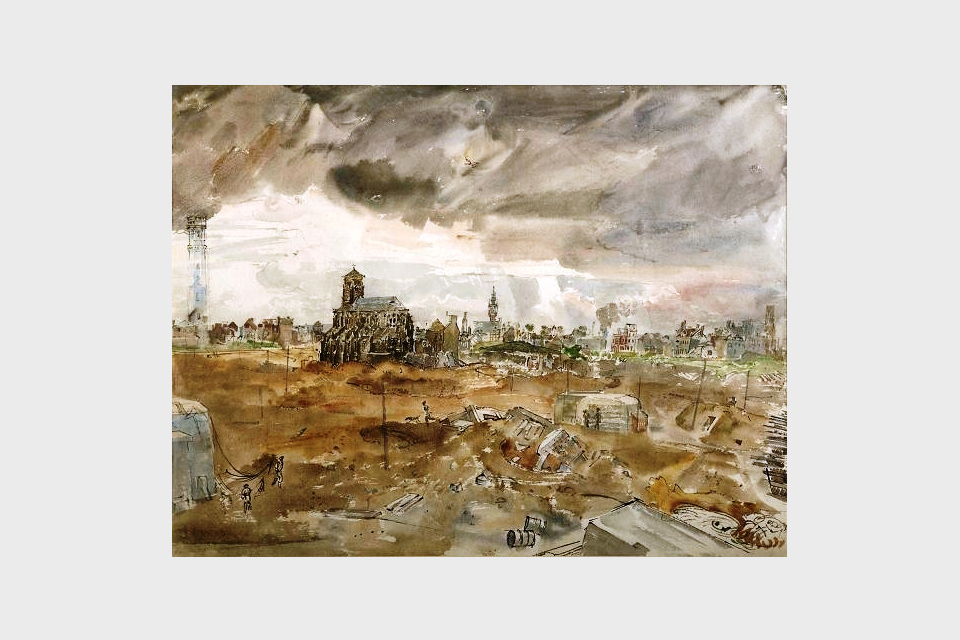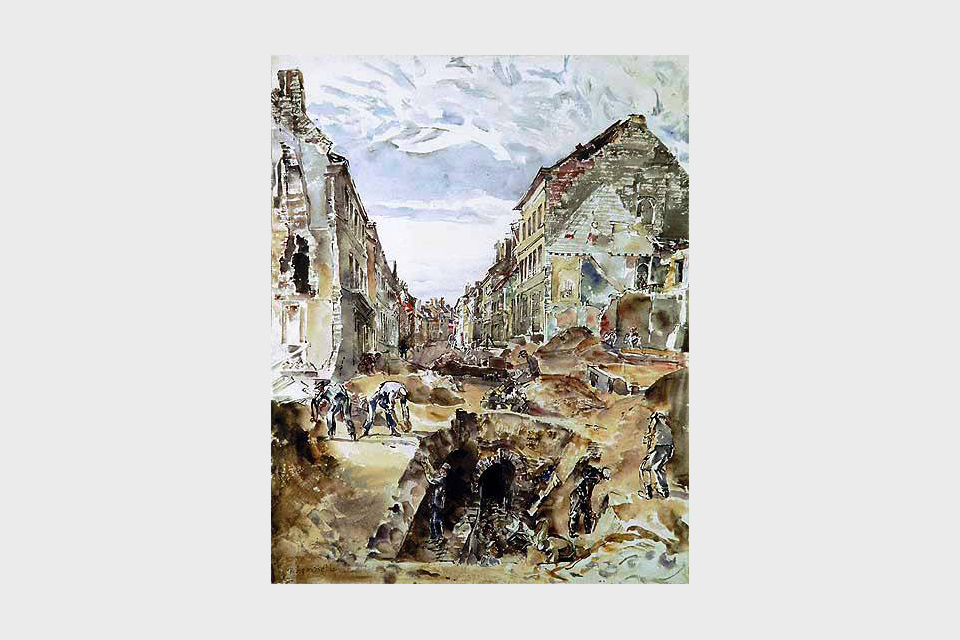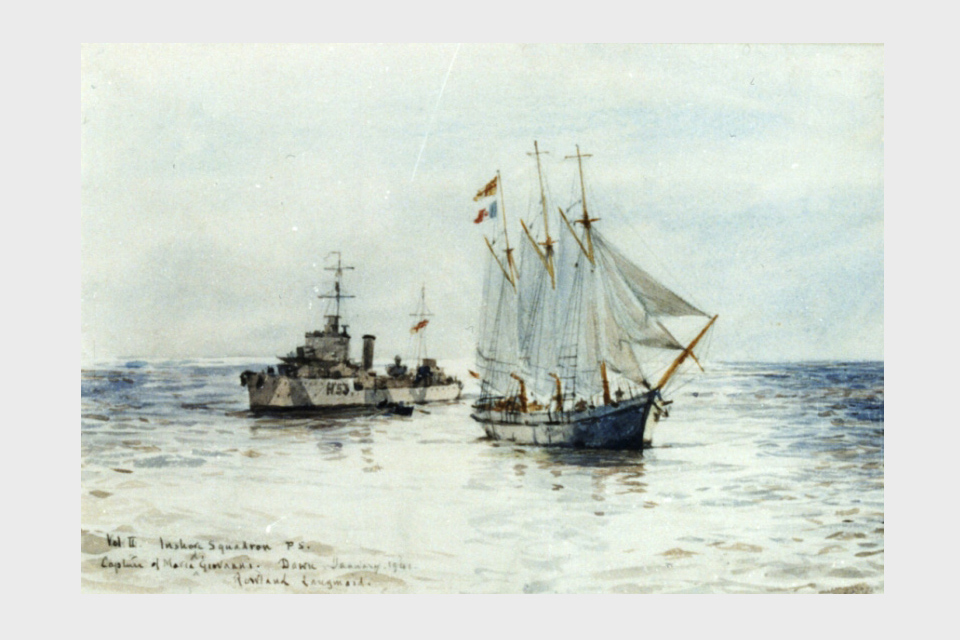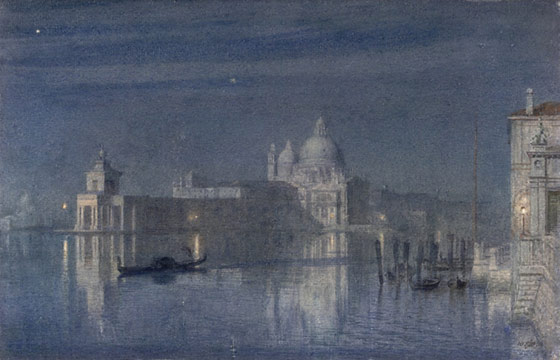Watercolour
For our brief A Painters Eye we were to explore and investigate the physical properties of different media and materials.
In my sketch book I was looking to see it you can ground an object (in this case a man) by use of watercolour.
This got me thinking about the characteristics of the medium! Its transparency and highlighting qualities. While this works well for a soft approach on things like pretty landscapes, idyllic cottages, flowers, or even quick colour washers on architectural drawings.
 |
| Albrecht Durer, Hare, 1502 |
 |
| Zoltan Szabo |
 |
Richard Parkes Bonington
Verona, Piazza dell’Erbe c.1826–7 |
 |
| Joseph Mallord William Turner | The Blue Rigi, Sunrise 1842 |
 |
| John Singer Sargent |
While Sargent was known for his oil painting he did use watercolour on his travels. The above painting is my favorite example of watercolour thus far.
Does it work on a darker more intense scene?
Scenes of War or Asylums is what I was thinking!
 |
| Add captionWatercolour of Inkermann by Lt the Hon H.H. Clifford VC |
 |
| Thomas Hennell |
 |
| Thomas Hennell |
Thomas Hennell watercolours I feel really give a great example of how watercolour works. The vibrant colours, illuminating properties and fluidity that the artist has created is truly brilliant. However, while a war scene I still feel that watercolour is too child like. Many of these watercolours I have looked at are 18th century so that may have been the in theme at the time. Hennell himself was a war artist so I guess this medium was easy to transport, mix and use quickly at the time.

 |
| Loading an English Carrier and the French Cruiser ‘Gloire’ at Algiers, 1940 | Roland Vivian Pitchforth |
 |
| poynter Santa Maria della salute, watercolour |
Notice the darkness in tones between the two scenes here (above and below)
 |
| Venice: Santa Maria della Salute, Night Scene with Rockets, Watercolour and bodycolour on paper |
Joseph Mallord William Turner's work above for me was the closest to a dark eerie nighttime scene. I do like how the image has depth and the detail is still there, taking your into the picture, The flash of the rocket takes your eye up and the boat in the foreground also holds your interest. Thinking of the composition I feel it works really well, as it has you involved and intrigued by what is going on in the scene. However he only got this affect from using bodycolour/ gouache along with watercolour.
 |
| Charles Altamont Doyle, made after epilepsy and alcholism had forced Charles Doyle's incarceration in 'Sunnyside', as he ironically named the Montrose Royal Lunatic Asylum. |
 |
| Edmund Dulac The Entomologist Dream |
Above the image by Edmund Dulac while dark, gives a sense of a story book illustration rather than a true horror of the story when read alone without imagery. It works as intended...a story book illustration but if used in a different medium I do wonder if the outcome would of been different!
This work is an illustration for Le Papillon Rouge (the red butterfly) by Gerard d’Houville, a tragic love story published in the Christmas 1909 edition of the French news and art magazine L’Illustration. The tale explores the supernatural potential of dreams and the hallucinatory power of a moonlit night. An entomologist is driven mad by his failure to meet the demands of his lady for a blood red butterfly. After a lifetime of searching he ransacks his entire butterfly collection in the throes of nightime delirium. The insects magically awaken and fly from their cases into the night. The entomologist is found dead in the morning, heartbroken.
Source from http://collections.vam.ac.uk and https://www.gov.uk/guidance/ministry-of-defence-art-collection
So with all this I guess watercolour isn't a strong media for dark eerie images or portraits.















No comments:
Post a Comment